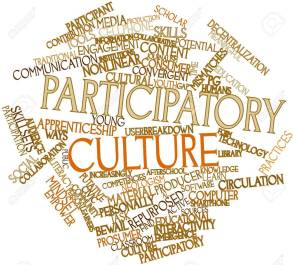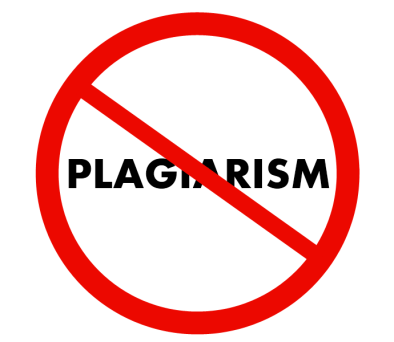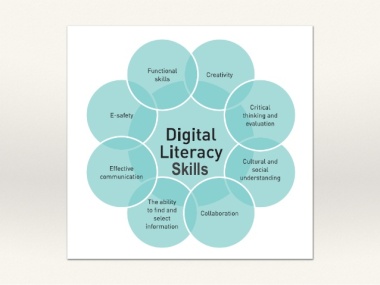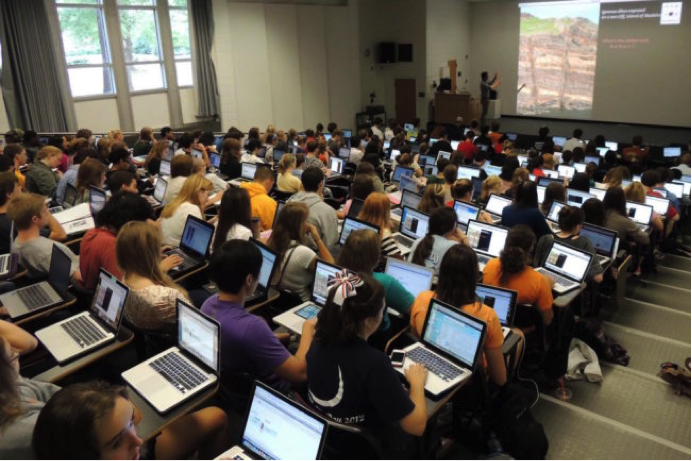
Photo By Pixabay on Pexels.com
How some people still oppose using media technologies when teaching, but the fact is that students can access those technologies without us. According to Schiebe and Rogow, “If we want students to use media with a sense of ethics, responsibility and purpose, we have to teach them how” (2012). I have to say a lot of educators are trying not to include technologies into their teaching curriculum as the reason may be that they are not good with technologies themselves. However, educators can’t afford to ignore these innovations either, because they are changing the game of education (Schiebe & Rogow, 2012).
As an adult living in America, I believe it’s important that technologies get involved into today’s learning. Technology is the new tomorrow! Just look at McDonalds, they are replacing cashiers with self-order machines out front. Technology is really taking over. With educators allowing them or teaching them how to use it properly, they can be preparing these learners for the future (Ivy, 2017)

Pictures by Zero Hedge on Pexels.com
Pros with using technologies as a tool
Technologies prepare learners for the future. Technology in the classroom can help them prepare learners for the future and equip them with necessity tools to keep up with society as the digital economy is constantly evolving.
Technology allows learners to learn at their own pace. Many students have their own learning style. Technology allows the students to learn in their own ways.
With allowing students to use technologies in the class can allow them to explore more on what’s going on with today’s world. The reason I say that is because many textbooks may be written a while back and that updated information on there weren’t included.
Cons with using technologies as a tool
Not all schools can keep up with the rapid change with technology. Constantly upgrading and purchasing equipment can be very expensive for schools. It may not work for school that has a small budget for technology or innovation.
Using technology may not create that same social benefit a traditional classroom would have. For example, using technologies in class won’t allow students to interact with others like they would in a traditional classroom. Accessing assignments/quizzes on line can cause student to take the course less serous. When I was in college, I took many online electives such as Ecology where I hated Science overall. But oh hey, when you’re paying your tuition at such a high price, you can take up to six courses so why not when I can earn more credit out of it. I get to google the answers during quizzes (please don’t do that. I am such a bad influence). I tend to take these courses less serious as it wasn’t related to my major but was able to get credit overall.
Many teachers still think that technologies with internet access can be a distraction for students. I have to agree that it’s hard to monitor each one of the students in class. It’s really hard to tell if they are actually following the material as told or actually off on surfing the web or updating their status on Facebook.

Photo by Fancycrave from Pexels.com
With the pros and cons listed regarding technologies, do you think it’s a good idea that teachers/educators rely on them as teaching materials?
References:
Ivy, S. “Use of Technology In The Classroom.” Use of Technology, Use of Technology, 26 Sept. 2017, http://www.useoftechnology.com/use-of-technology-in-the-classroom/.





 As Jenkins (2009) had also stated, “Educators must work together to ensure that every American young person has access to the skills and experiences needed to become a full participant, can articulate their understanding of how media shapes perceptions, and has been socialized into the emerging ethical standards that should shape their practices as media makers and participants in online communities.” This high school had chose to use Google classroom for their class interactions and their assignments.
As Jenkins (2009) had also stated, “Educators must work together to ensure that every American young person has access to the skills and experiences needed to become a full participant, can articulate their understanding of how media shapes perceptions, and has been socialized into the emerging ethical standards that should shape their practices as media makers and participants in online communities.” This high school had chose to use Google classroom for their class interactions and their assignments.  I have also experienced multiple cases where school had informed us how our students had plagiarized. As English being their second language, the teachers had also shared lectures on how to access materials and what sources are appropriate for researches or essays. These videos on Google classroom are to help assist these new learners about the skills they should develop over time. Besides from that, the school offers an online tutor where seniors are to assist new coming students such as proof reading and scheduling tutor hours. As Jenkins (2009) had indicated “Our goals should be to encourage youth to develop the skills, knowledge, ethical frameworks, and self-confidence needed to be full participants in contemporary culture.” This high school is trying to assist by offering help to their international students by providing available resources so they are nourish to adapt to the culture. These resources can help student build confidence on their work and improve their skills overtime.
I have also experienced multiple cases where school had informed us how our students had plagiarized. As English being their second language, the teachers had also shared lectures on how to access materials and what sources are appropriate for researches or essays. These videos on Google classroom are to help assist these new learners about the skills they should develop over time. Besides from that, the school offers an online tutor where seniors are to assist new coming students such as proof reading and scheduling tutor hours. As Jenkins (2009) had indicated “Our goals should be to encourage youth to develop the skills, knowledge, ethical frameworks, and self-confidence needed to be full participants in contemporary culture.” This high school is trying to assist by offering help to their international students by providing available resources so they are nourish to adapt to the culture. These resources can help student build confidence on their work and improve their skills overtime.


